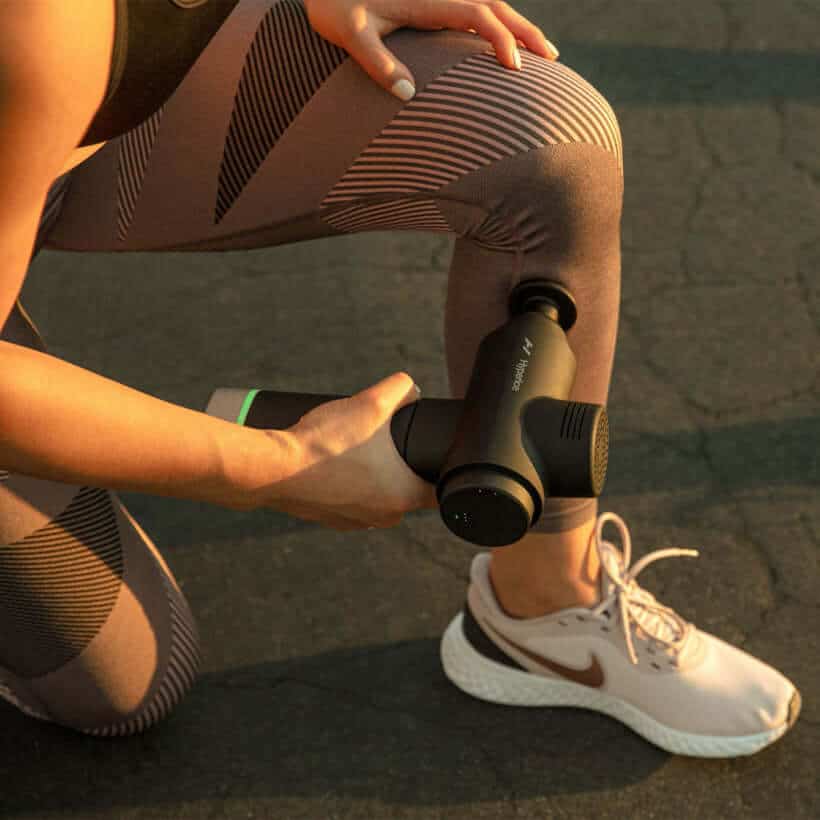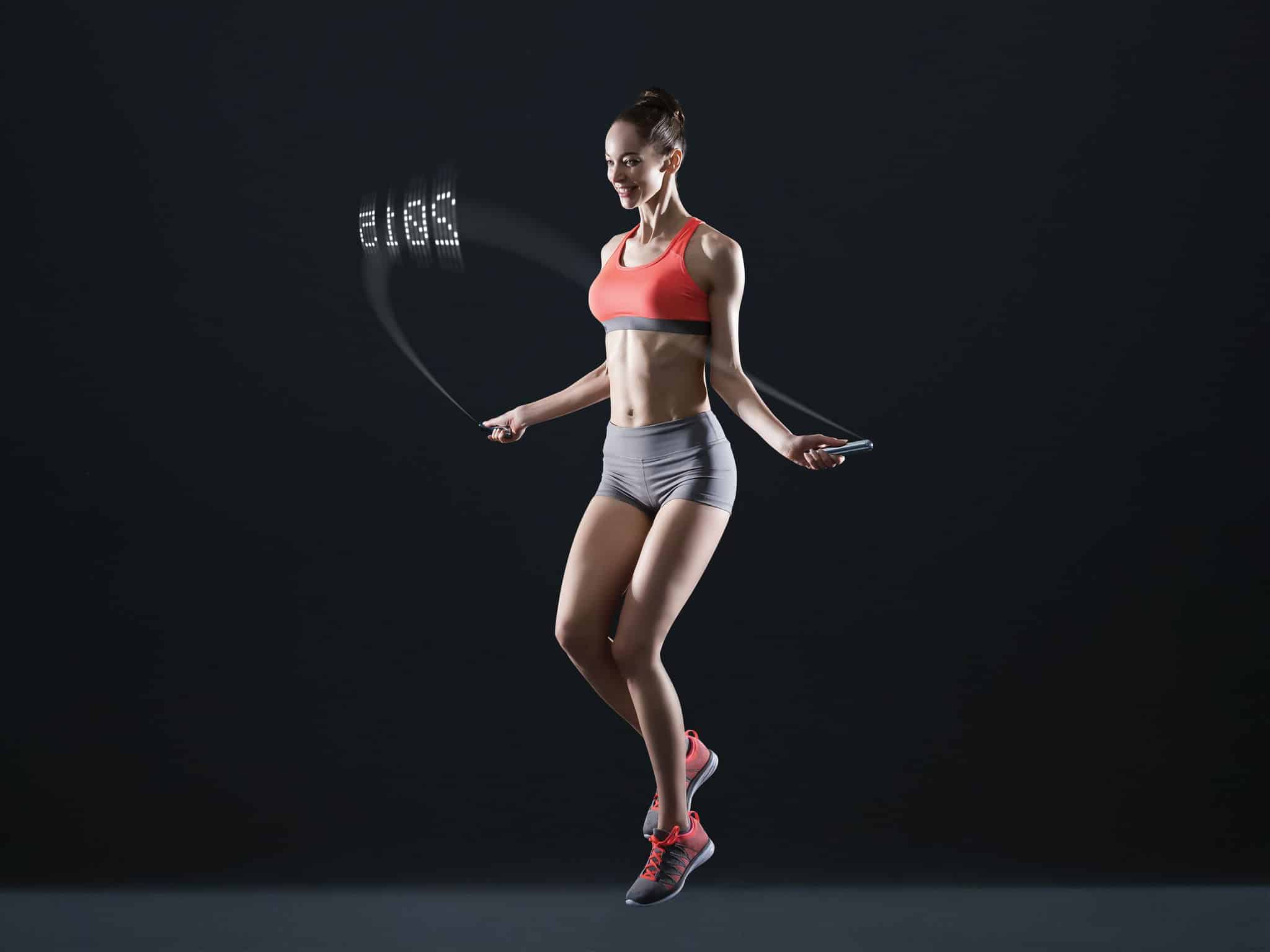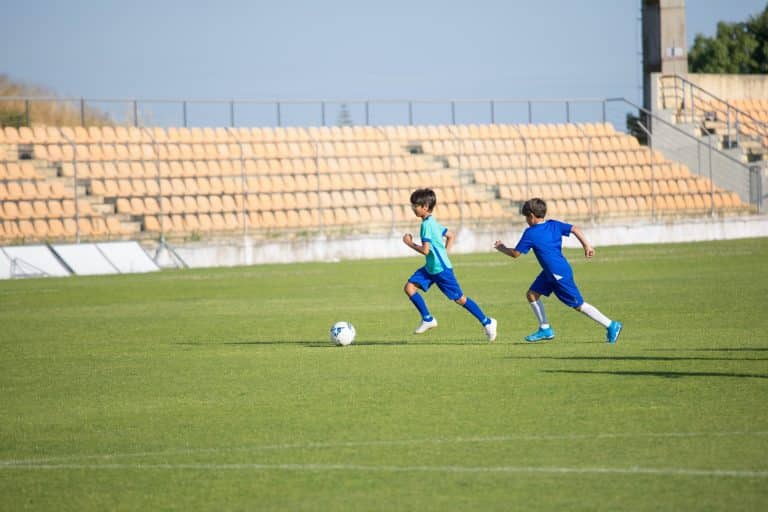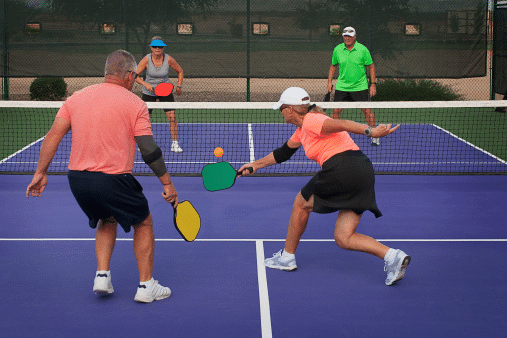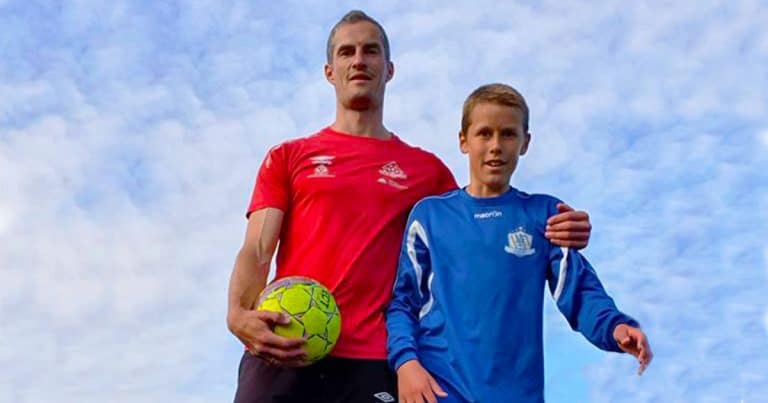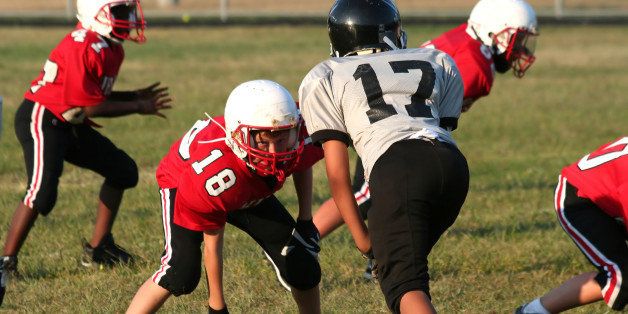Poker is not the most popular casino game among the masses. It is one that has a more select appeal, with the top online poker sites pulling in people who enjoy a challenging gambling experience.
Those who like playing poker tend to favor it for precisely the opposite reason to fans of slot games. The latter have the most mainstream appeal because they are very easy to play and offer a fast-paced gaming experience.
By contrast poker is a complex and psychological game of skill. Poker games can last for hours at a time and success involves being able to think several steps ahead.
Very few people can master poker without a lot of study and practice. Trying to compete against good players when you are not absolutely sure what you are doing is a recipe for disaster.
One of the first steps in getting better at poker is learning what not to do. In this article we will explore some of the mistakes that people make at the poker tables that cost them dearly.
Betting on too Many Hands
This is a very common error indeed among inexperienced players. A big part of the thinking behind it is that there is no chance of winning the pot if you are not in the game.
That is entirely the wrong way of viewing the situation though. The key to success in a game like poker lies in knowing when to attack and when to withdraw.
There is very little chance that you will win out in poker if you have a basically weak hand of cards. Your only viable route to success in that situation is to bluff and that is a tactic that should be used sparingly unless you are brilliant at it.
Folding is not just the best tactic when you have a really low value hand though. Something like a Straight (five sequential cards from any of the four suits) is not a terrible hand.
If you are up against an opponent who keeps seeing or raising your bets though, there is a good chance that they have a stronger hand. That is because there are several poker hands that can beat a Straight.
You have to make a judgment about when to quit based on analyzing the behavior of the other players.
Not Betting on Enough Hands
At this point it might seem as if we are offering contradictory advice, but good poker is about getting the balance right. Folding on too many hands can be just as bad a way of playing the game as betting on too many.
It is known among skilled players as ‘playing too tight’ and it causes people to lose out on smaller wins that can keep their bankroll topped up. The way to avoid it is to mix up your play on strong hands and your bluff plays.
If you have a strong but not exceptional hand such as a Flush (any five cards from the same suit), it can be well worth playing that hand. There are only four that can beat it and they come up pretty rarely during poker games.
A hand like that gives you a solid chance of a win in most scenarios. Then shake things up with the occasional bluff play on a poor hand. This will keep your opponents off balance and stop predictability from creeping into your game.
Cold Calling Raises
This big poker mistake involves calling the raises of more than one player at a time during a game. A typical scenario would see one player raise, followed by another upping the ante further in response to that and then you simply calling.
The problem with it as a strategy is that it makes little sense. If you do not have enough confidence in your hand to raise, there is little point in calling.
The best thing to do is cut your losses and fold. Continuing to play without raising the stakes is a show of weakness and is undisciplined.
Sticking to the Same Strategy
It is good to have a strategy to your poker play – without it you will just be responding in the moment. Where it becomes a problem is when you get complacent and stick with the same approach at all times.
That could be a high-risk bluffing strategy or a lower risk tight game, but no approach will work well in all scenarios. Poker is a game that will throw up many challenges and you cannot win all the time by playing exactly the same way.
Good players will quickly identify your approach and will read you like a book if you are not capable of changing it.
These are the mistakes to avoid making when playing poker.





 Ever heard of standing on a platform that vibrates rapidly while you perform exercises? That’s the concept behind vibration plates. These machines stimulate your muscles to contract and relax multiple times per second, purportedly enhancing muscle strength and flexibility.
Ever heard of standing on a platform that vibrates rapidly while you perform exercises? That’s the concept behind vibration plates. These machines stimulate your muscles to contract and relax multiple times per second, purportedly enhancing muscle strength and flexibility. Channel your inner daredevil and embrace the
Channel your inner daredevil and embrace the  Who says exercise has to be serious? Grab a hula hoop and get ready to shimmy your way to fitness. Hula hooping isn’t just child’s play—it’s a legitimate workout that targets your core, arms, and legs.
Who says exercise has to be serious? Grab a hula hoop and get ready to shimmy your way to fitness. Hula hooping isn’t just child’s play—it’s a legitimate workout that targets your core, arms, and legs.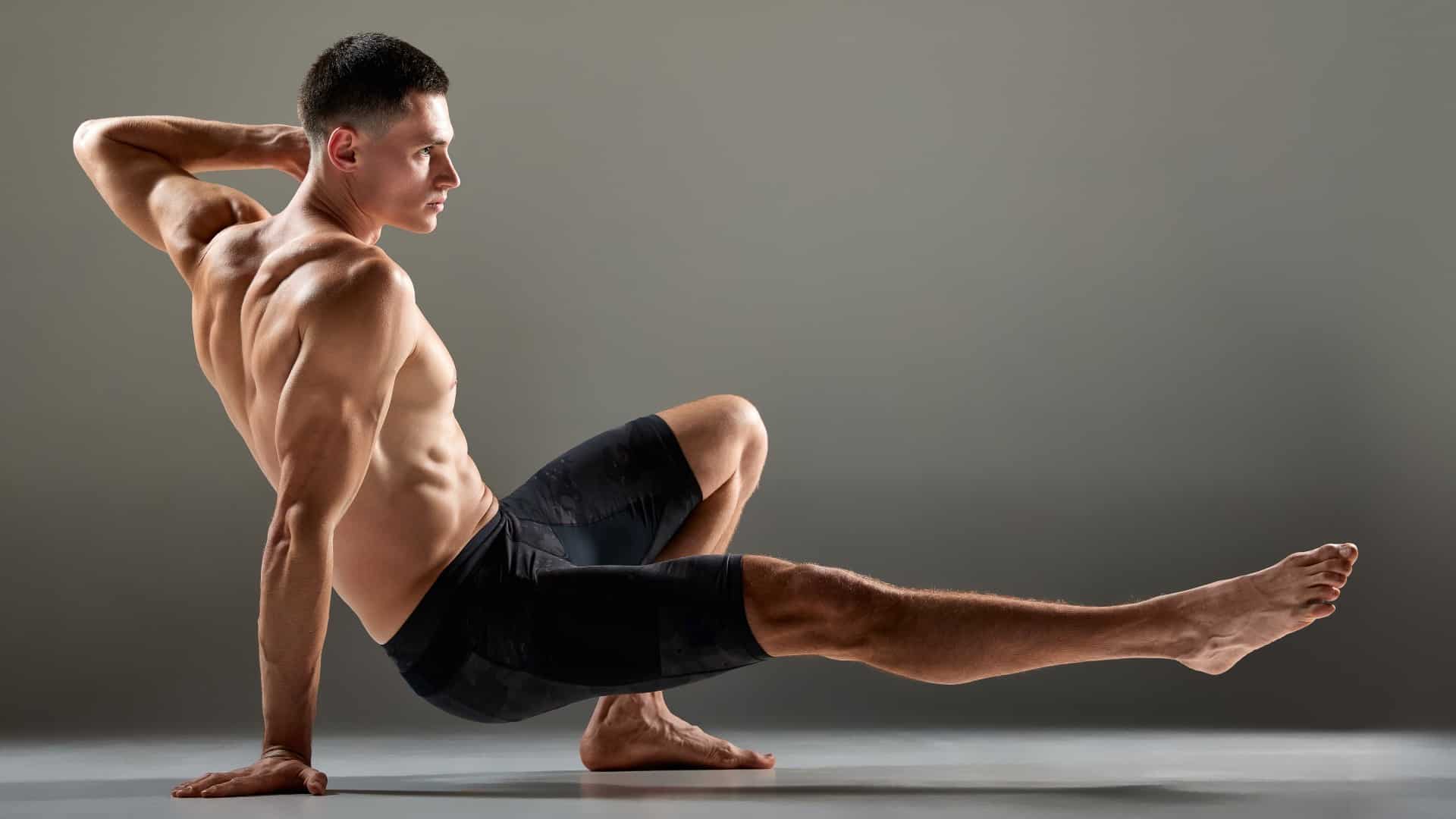 Unleash your primal instincts with animal flow—a fitness practice inspired by the movements of various animals. Combining elements of yoga, gymnastics, and breakdancing, animal flow challenges your body to move in unconventional ways.
Unleash your primal instincts with animal flow—a fitness practice inspired by the movements of various animals. Combining elements of yoga, gymnastics, and breakdancing, animal flow challenges your body to move in unconventional ways.

 Swimming is a great full-body workout and a refreshing way to cool off in the summer heat. Visit local pools, lakes, or beaches and spend the day swimming and playing water games.
Swimming is a great full-body workout and a refreshing way to cool off in the summer heat. Visit local pools, lakes, or beaches and spend the day swimming and playing water games. Create your own family Olympics in your backyard. Design a series of fun and challenging events such as relay races, long jumps, obstacle courses, and even tug-of-war.
Create your own family Olympics in your backyard. Design a series of fun and challenging events such as relay races, long jumps, obstacle courses, and even tug-of-war.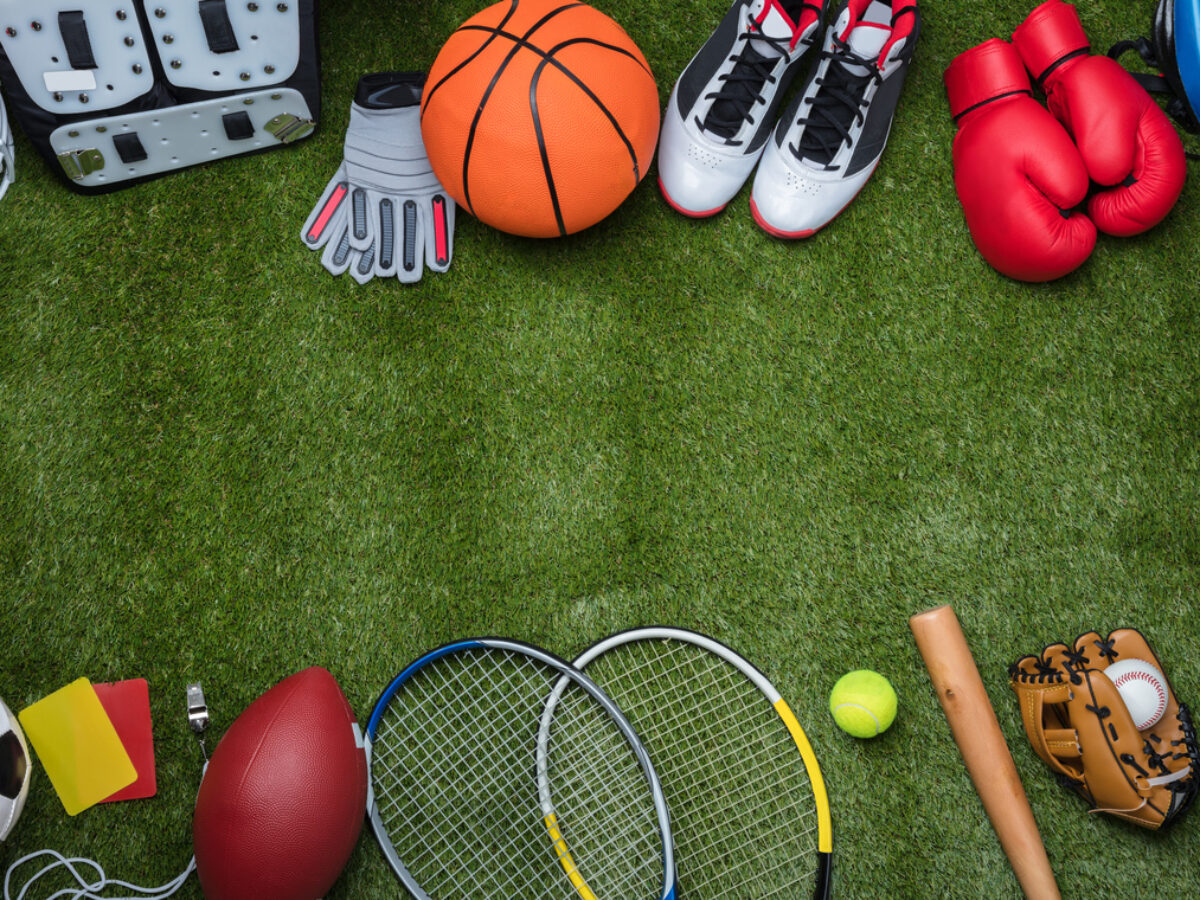 Many communities offer sports leagues for children and adults. Enroll the family in sports like baseball, basketball, or soccer.
Many communities offer sports leagues for children and adults. Enroll the family in sports like baseball, basketball, or soccer. Enroll your children in summer sports camps that focus on specific sports such as soccer, basketball, or swimming. These camps provide professional coaching, structured training, and plenty of playtime, all of which can spark a lifelong interest in sports. Look for family-friendly camps that offer sessions for parents and kids to participate together.
Enroll your children in summer sports camps that focus on specific sports such as soccer, basketball, or swimming. These camps provide professional coaching, structured training, and plenty of playtime, all of which can spark a lifelong interest in sports. Look for family-friendly camps that offer sessions for parents and kids to participate together.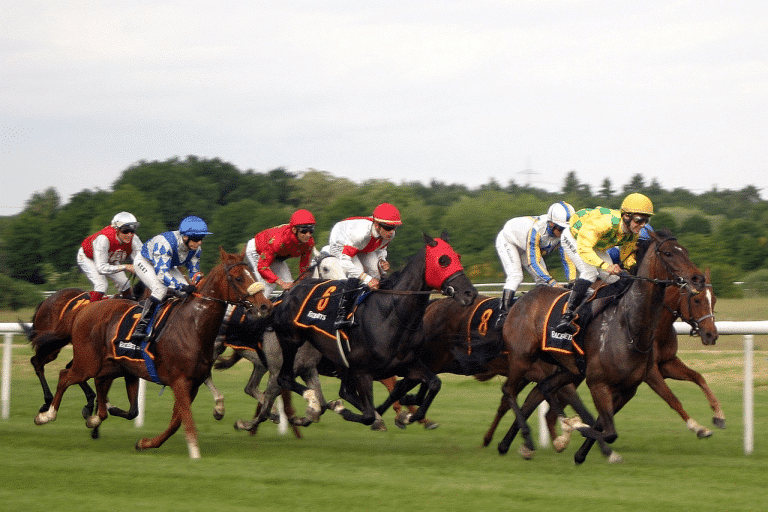
 Understanding the odds is crucial when betting on the Belmont Stakes 2024. It will help you make informed decisions and maximize your potential winnings.
Understanding the odds is crucial when betting on the Belmont Stakes 2024. It will help you make informed decisions and maximize your potential winnings. The Belmont Stakes, an esteemed event in the Triple Crown of thoroughbred racing, always promises exhilarating competition and unparalleled pageantry. As we inch closer to the Belmont Stakes 2024, excitement is mounting around the exceptional horses slated to compete.
The Belmont Stakes, an esteemed event in the Triple Crown of thoroughbred racing, always promises exhilarating competition and unparalleled pageantry. As we inch closer to the Belmont Stakes 2024, excitement is mounting around the exceptional horses slated to compete. One of the key updates about the 2024 Belmont Stakes is Fierceness skipping the Belmont Stakes race this year. Fierceness, last year’s champion 2-year-old male who was the favorite in the Kentucky Derby but finished 15th, will miss the $2 million Belmont Stakes scheduled for June 8 at Saratoga.
One of the key updates about the 2024 Belmont Stakes is Fierceness skipping the Belmont Stakes race this year. Fierceness, last year’s champion 2-year-old male who was the favorite in the Kentucky Derby but finished 15th, will miss the $2 million Belmont Stakes scheduled for June 8 at Saratoga.
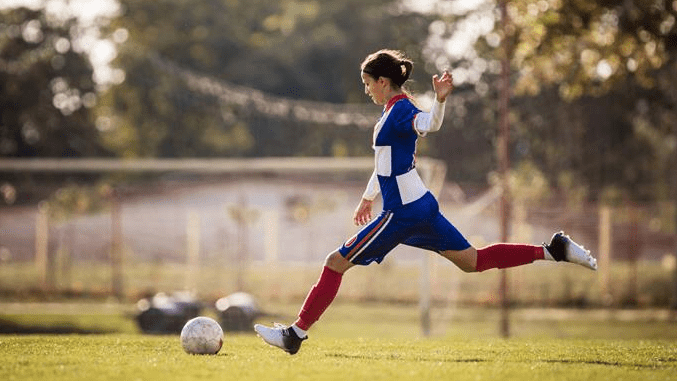 One of the biggest things about the sport is the sheer benefits that you get from it. As a kid, it gives you great development towards your motor skills, with your hands and your feet as they are both essential for the way people play football.
One of the biggest things about the sport is the sheer benefits that you get from it. As a kid, it gives you great development towards your motor skills, with your hands and your feet as they are both essential for the way people play football. All parents obviously want their kids to be the best version of themselves and I think “football” is a massive teacher for people and kids especially. Soccer uses a range of different skills that people will take with them for life and use in every aspect of their lives. Some of the key life skills that it uses are teamwork, discipline, leadership and toughness are all key things people can take with them forever.
All parents obviously want their kids to be the best version of themselves and I think “football” is a massive teacher for people and kids especially. Soccer uses a range of different skills that people will take with them for life and use in every aspect of their lives. Some of the key life skills that it uses are teamwork, discipline, leadership and toughness are all key things people can take with them forever.

